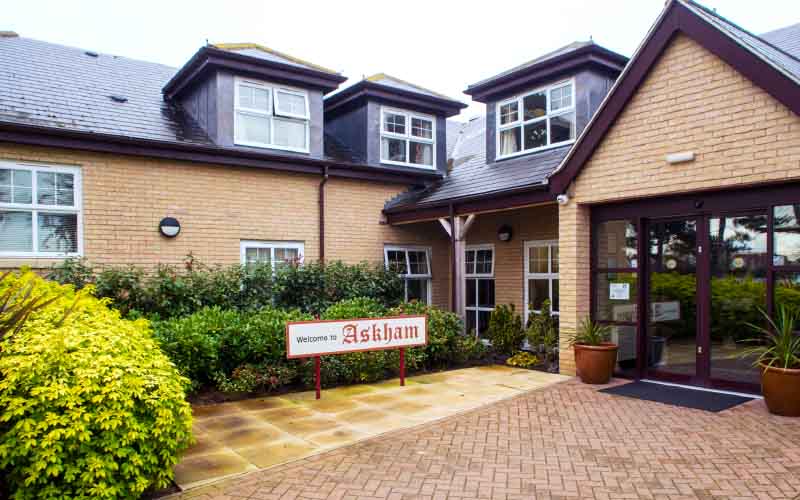Aliyyah-Begum Nasser, director at Askham Village Community, explains the tech which helped the care home adapt to coronavirus
The advent of the coronavirus crisis was swift.
From rumours of a new virus in China around Christmas time to the declaration of a global pandemic in March; in less than three months, the world has been turned on its head. And as it has across the globe, the impact in the UK has been felt in practically every corner of society, but when it comes to both health and social care, the impact has been even more profound.
As a sector, we look after some of the most vulnerable people in society, and this puts us at the forefront of the fight against COVID-19. To combat its impact effectively, we’ve had to adapt, reviewing every one of the processes and procedures that we’ve long taken for granted to ensure we take every possible precaution to minimise its effects.
At Askham it’s no different, and we’ve had to bring in essential changes far more quickly than would usually be the case. One of these, for instance, saw us going into lockdown and restricting access to our homes a full week ahead of the Government’s advice to do so. It was a move that – so far – has seen us manage to contain the virus.

However, a pre-emptive lockdown hasn’t been the only reason behind this. We’ve also relied heavily on new technology to help us maximise our capabilities and streamline our operations.
As an industry, care can sometimes be slow to embrace change that doesn’t seemingly directly improve patient or resident treatment and care. This means that some processes can seem outdated. For instance, it’s reported that up to 80 per cent of social care workers don’t have access to an official work email address, with many healthcare employees having information cascaded down to them from management or through posters and flyers which need to be written and printed off; both long processes.
Given that fast and concise communication plays a key part in counteracting the threat of the virus, our internal communication was one of the things we were keen to quickly improve, as we looked to accelerate our preparedness.
As part of this we’ve introduced Yapster, an instant messaging system that’s designed specifically for deskless organisations; a key component of which is the provision of safe and secure messaging. This is something that’s vital when discussing potentially sensitive patient and resident information, removing any fears around Data Protection and patient confidentiality.
With COVID-19 requiring strict isolation procedures should anyone present symptoms, it’s been invaluable in communicating with staff who are either working remotely or self-isolating.
A second piece of new technology we’ve introduced across the community is an HR tool called Alpaka, which provides a digital rota system.
With a clocking in and out system, Alpaka in particular has enabled our care home managers to support staffing levels easily and clearly, whilst helping to minimise the stress and time consumption involved in doing so. Staff can also view shifts at a glance on their phones, helping with transparency. Touching once again on the need for self-isolation if presenting any symptoms of COVID-19, this has been instrumental in ensuring there are no gaps in staffing.
Video calls have been another revelation for inter-care home communications, removing the need to take out a day travelling across the county, while being very focussed on the tasks at hand – something that’s extra beneficial in the midst of a crisis.
Video calling also allows residents to communicate in real-time with family and friends, offering an effective alternative (if not quite a replacement) to face-to-face contact, while helping to provide just as much joy and laughter.
Technology has certainly played its part in the fight against coronavirus within our community.
Ordinarily, care environments can sometimes be slow to adapt, reluctant to embrace change and disrupt long established processes that have worked well for years.
The ongoing pandemic though is likely to have opened a lot of eyes to the possibilities out there. Having introduced new systems so successfully, we’re confident that, once the crisis has passed, our staff will be more welcoming of new innovations and developments. Whilst COVID-19 has been an extremely testing time, we’re reaching for the positives and this is certainly one.
